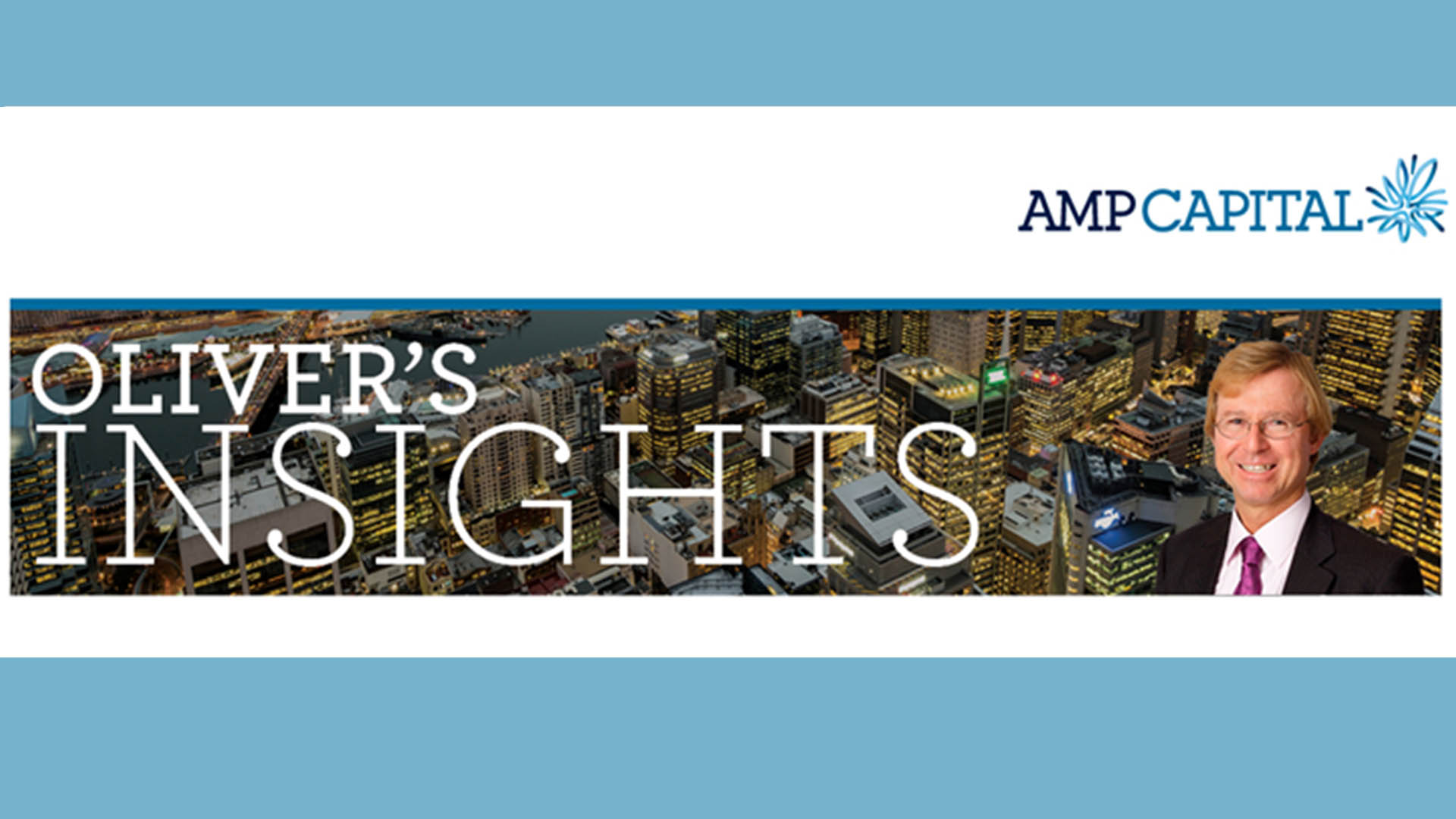As expected the Reserve Bank of Australia held official interest rates at a record low 0.25% for another month as it prepares for the release later this morning of what will be the worst set of national accounts and GDP data for decades.
Following its regular monthly meeting on Tuesday, RBA governor Philip Lowe revealed the central bank would extend and expand its cheap finance offer to banks under its term funding facility past the original September 30 end.
Banks and other ADIs (Authorised Deposit-taking Institutions) had drawn down $52 billion under the existing term funding arrangement and the new offer will add $57 billion that will now be available until the end of June 2021.
Banks and other ADIs will be offered the equivalent of 2% of their outstanding credit at an interest rate of just 0.25% for the next three years.
The news steadied a weak stockmarket which had slumped by more than 2.5% in early trading after a mixed session in Europe and the US markets.
It started a slow bounce which gathered pace after the RBA’s statement at 2.30 pm but then faded when investors realised the real message from the statement – that the economy was in a weak condition which will not improve any time soon.
As a result the ASX 200 turned lower towards the end and closed down 1.77% (almost wiping out August’s 2.27% gain) or 107.1 points.
It is a sign the RBA expects the coronavirus pandemic to be a long-term negative for the economy and the extension is a significant boost to the amount of support from the central bank.
“Today’s change brings the total amount available under this facility to around $200 billion,” Dr Lowe said in yesterday’s statement from the RBA.
“This will help keep interest rates low for borrowers and support the provision of credit by providing ADIs [authorised deposit-taking institutions] greater confidence about continued access to low-cost funding.
The decision came despite the central bank, federal treasury and others admitting that the economy is not as badly damaged as originally thought by the virus and measures taken to control it.
Dr Lowe said in his statement that the economy was going through a “very difficult period” but it was not as severe as originally feared. He has made that observation for the past three months.
“This recovery is, however, likely to be both uneven and bumpy, with the coronavirus outbreak in Victoria having a major effect on the Victorian economy,” he said.
“Employment increased in June and July, although unemployment and underemployment remain high,” Dr Lowe said in the statement.
The RBA sees unemployment peaking around 10% later this year (7.5% at the moment), before gradually declining to about 7% in late 2022. Other forecasts have a slightly lower peak of around 9% or so, but with a slow improvement over the next two to three years.
The RBA again warned wage growth and price pressures were forecast to remain subdued for sometime, with inflation expected to increase by 1% to 1.5% over the next two years which is well below the bank’s target of 2% to 3% over time.
Dr. Lowe said the economy was being supported by co-ordinated policy responses, including government spending, adding this would be needed for an extended period.
“Indeed, fiscal and monetary support will be required for some time given the outlook for the economy and the prospect of high unemployment,” he said.
The bank also revealed that its bond-buying campaign, which resumed after the August meeting, had seen another $10 billion worth of securities purchased to keep the key interest rate steady at 0.25% for three years.
The yield control policy has seen the bank buy $61 billion of government securities since March. “Further purchases will be undertaken as necessary. The yield target will remain in place until progress is being made towards the goals for full employment and inflation, the statement said.
Australian Bureau of Statistics figures on Tuesday showed net exports would contribute about one percentage point towards growth in the quarter while government spending is expected to provide a similar boost.
The start of month figures from CoreLogic revealed showed Melbourne suffered the biggest fall in house prices in August of any major capital city. The data showed a 1.4% drop. Melbourne house prices also fell 4% the last three months and are now down 2.5% year to date.
By way of contrast, Sydney house prices eased by just half a percent last month and are down 2.4% in the last three months but still up 1.7% over the year.








